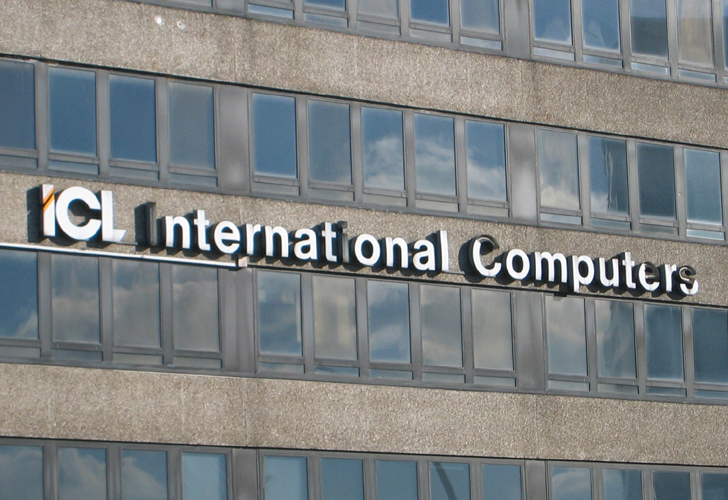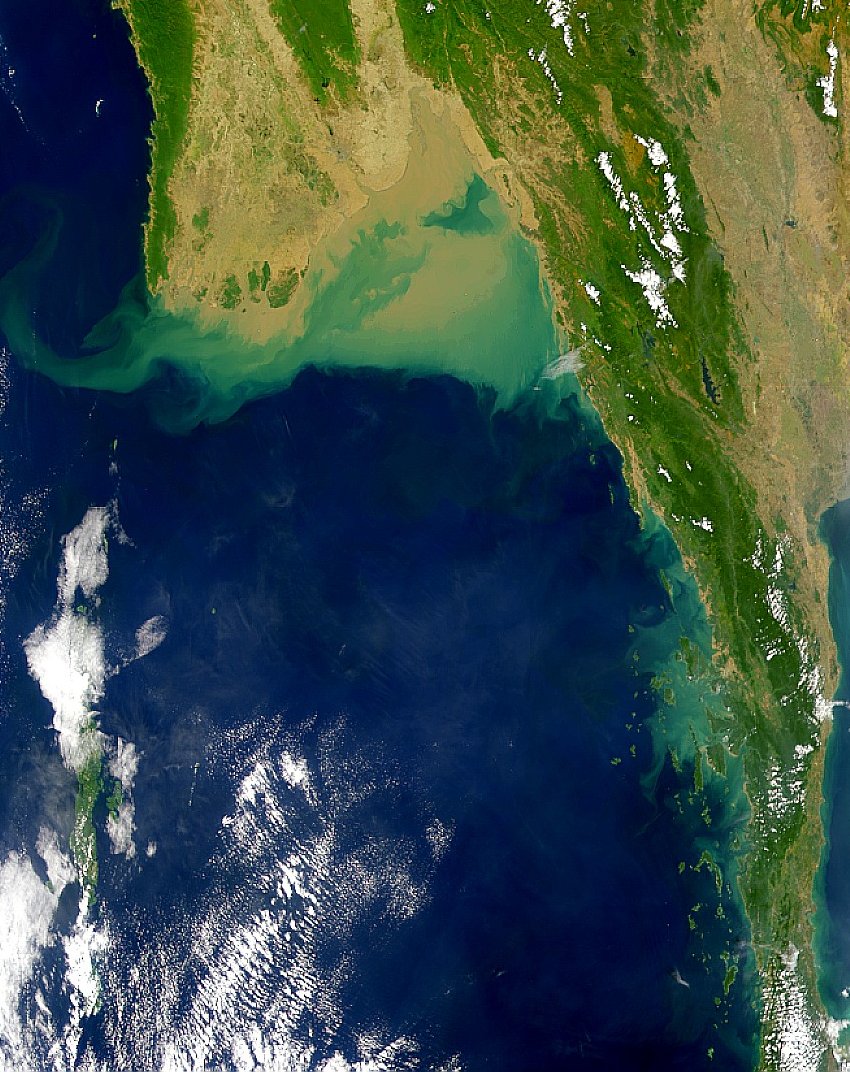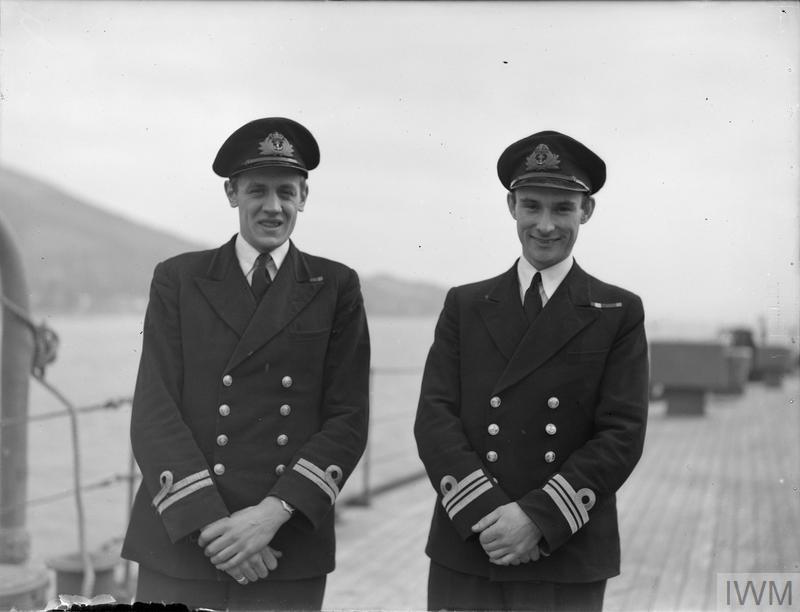|
Tony Eldridge
Anthony "Lofty" William Charles Eldridge DSC (16 July 1923 – 13 April 2015) was a Royal Navy officer of the Second World War who led a human torpedo attack that sank two Japanese ships off Phuket, Thailand, for which he received the Distinguished Service Cross."Tony 'Lofty' Eldridge, 'human torpedo' - obituary". ''The Telegraph'', 7 May 2015. Retrieved 8 May 2015. Early life Anthony William Charles Eldridge was born on 16 July 1923 in , and for his education he studied at |
Distinguished Service Cross (United Kingdom)
The Distinguished Service Cross (DSC) is a third-level military decoration awarded to officers; and, since 1993, Naval rating, ratings and other ranks of the British Armed Forces, Royal Fleet Auxiliary and the British Merchant Navy have been included. Additionally, the award was formerly awarded to members of other Commonwealth of Nations, Commonwealth countries. The DSC is "awarded in recognition of an act or acts of exemplary gallantry during active operations against the enemy at sea." Since 1979, it can be awarded posthumously. History The award was originally created in 1901 as the Conspicuous Service Cross, for award to warrant officer, warrant and subordinate officers, including midshipman, midshipmen, ineligible for the Distinguished Service Order. It was renamed the Distinguished Service Cross in October 1914, eligibility being extended to all naval officers (commissioned and warrant) below the rank of lieutenant commander.Abbott & Tamplin, pages 107-109. From March 1 ... [...More Info...] [...Related Items...] OR: [Wikipedia] [Google] [Baidu] |
Barnacle
A barnacle is a type of arthropod constituting the subclass Cirripedia in the subphylum Crustacea, and is hence related to crabs and lobsters. Barnacles are exclusively marine, and tend to live in shallow and tidal waters, typically in erosive settings. They are sessile (nonmobile) and most are suspension feeders, but those in infraclass Rhizocephala are highly specialized parasites on crustaceans. They have four nektonic (active swimming) larval stages. Around 1,000 barnacle species are currently known. The name is Latin, meaning "curl-footed". The study of barnacles is called cirripedology. Description Barnacles are encrusters, attaching themselves temporarily to a hard substrate or a symbiont such as a whale ( whale barnacles), a sea snake ('' Platylepas ophiophila''), or another crustacean, like a crab or a lobster (Rhizocephala). The most common among them, "acorn barnacles" ( Sessilia), are sessile where they grow their shells directly onto the substrate. Peduncul ... [...More Info...] [...Related Items...] OR: [Wikipedia] [Google] [Baidu] |
British South Africa Police
The British South Africa Police (BSAP) was, for most of its existence, the police force of Rhodesia (renamed Zimbabwe in 1980). It was formed as a paramilitary force of mounted infantrymen in 1889 by Cecil Rhodes' British South Africa Company, from which it took its original name, the British South Africa Company's Police. Initially run directly by the company, it began to operate independently in 1896, at which time it also dropped "Company's" from its name. It thereafter served as Rhodesia's regular police force, retaining its name, until 1980, when it was superseded by the Zimbabwe Republic Police, soon after the country's reconstitution into Zimbabwe in April that year. While it was in the main a law enforcement organisation, the line between police and military was significantly blurred. BSAP officers trained both as policemen and regular soldiers until 1954. BSAP men served in the latter role during the World War I, First and World War II, Second World Wars, and also provided ... [...More Info...] [...Related Items...] OR: [Wikipedia] [Google] [Baidu] |
Rhodesia
Rhodesia (, ), officially from 1970 the Republic of Rhodesia, was an unrecognised state in Southern Africa from 1965 to 1979, equivalent in territory to modern Zimbabwe. Rhodesia was the ''de facto'' successor state to the British colony of Southern Rhodesia, which had been self-governing since achieving responsible government in 1923. A landlocked nation, Rhodesia was bordered by South Africa to the south, Bechuanaland (later Botswana) to the southwest, Zambia (formerly Northern Rhodesia) to the northwest, and Mozambique ( a Portuguese province until 1975) to the east. From 1965 to 1979, Rhodesia was one of two independent states on the African continent governed by a white minority of European descent and culture, the other being South Africa. In the late 19th century, the territory north of the Transvaal was chartered to the British South Africa Company, led by Cecil Rhodes. Rhodes and his Pioneer Column marched north in 1890, acquiring a huge block of territory that ... [...More Info...] [...Related Items...] OR: [Wikipedia] [Google] [Baidu] |
South Africa
South Africa, officially the Republic of South Africa (RSA), is the southernmost country in Africa. It is bounded to the south by of coastline that stretch along the South Atlantic and Indian Oceans; to the north by the neighbouring countries of Namibia, Botswana, and Zimbabwe; and to the east and northeast by Mozambique and Eswatini. It also completely enclaves the country Lesotho. It is the southernmost country on the mainland of the Old World, and the second-most populous country located entirely south of the equator, after Tanzania. South Africa is a biodiversity hotspot, with unique biomes, plant and animal life. With over 60 million people, the country is the world's 24th-most populous nation and covers an area of . South Africa has three capital cities, with the executive, judicial and legislative branches of government based in Pretoria, Bloemfontein, and Cape Town respectively. The largest city is Johannesburg. About 80% of the population are Black South Afri ... [...More Info...] [...Related Items...] OR: [Wikipedia] [Google] [Baidu] |
International Computers Limited
International Computers Limited (ICL) was a British computer hardware, computer software and computer services company that operated from 1968 until 2002. It was formed through a merger of International Computers and Tabulators (ICT), English Electric Computers (EEC) and Elliott Automation in 1968. The company's most successful product line was the ICL 2900 Series range of mainframe computers. In later years, ICL diversified its product line but the bulk of its profits always came from its mainframe customers. New ventures included marketing a range of powerful IBM clones made by Fujitsu, various minicomputer and personal computer ranges and (more successfully) a range of retail point-of-sale equipment and back-office software. Although it had significant sales overseas, ICL's mainframe business was dominated by large contracts from the UK public sector, including Post Office Ltd, the Inland Revenue, the Department for Work and Pensions and the Ministry of Defence. It also had ... [...More Info...] [...Related Items...] OR: [Wikipedia] [Google] [Baidu] |
Sri Lanka
Sri Lanka (, ; si, ශ්රී ලංකා, Śrī Laṅkā, translit-std=ISO (); ta, இலங்கை, Ilaṅkai, translit-std=ISO ()), formerly known as Ceylon and officially the Democratic Socialist Republic of Sri Lanka, is an island country in South Asia. It lies in the Indian Ocean, southwest of the Bay of Bengal, and southeast of the Arabian Sea; it is separated from the Indian subcontinent by the Gulf of Mannar and the Palk Strait. Sri Lanka shares a maritime border with India and Maldives. Sri Jayawardenepura Kotte is its legislative capital, and Colombo is its largest city and financial centre. Sri Lanka has a population of around 22 million (2020) and is a multinational state, home to diverse cultures, languages, and ethnicities. The Sinhalese are the majority of the nation's population. The Tamils, who are a large minority group, have also played an influential role in the island's history. Other long established groups include the Moors, the Burghers ... [...More Info...] [...Related Items...] OR: [Wikipedia] [Google] [Baidu] |
Trincomalee
Trincomalee (; ta, திருகோணமலை, translit=Tirukōṇamalai; si, ත්රිකුණාමළය, translit= Trikuṇāmaḷaya), also known as Gokanna and Gokarna, is the administrative headquarters of the Trincomalee District and major resort port city of Eastern Province, Sri Lanka. Located on the east coast of the island overlooking the Trincomalee Harbour, north-east of Colombo, south-east of Jaffna and miles north of Batticaloa, Trincomalee has been one of the main centres of Sri Lankan Tamil language speaking culture on the island for over two millennia. With a population of 99,135, the city is built on a peninsula of the same name, which divides its inner and outer harbours. People from Trincomalee are known as Trincomalians and the local authority is Trincomalee Urban Council. Trincomalee city is home to the famous Koneswaram temple from where it developed and earned its historic Tamil name ''Thirukonamalai''. The town is home to other hist ... [...More Info...] [...Related Items...] OR: [Wikipedia] [Google] [Baidu] |
Andaman Sea
The Andaman Sea (historically also known as the Burma Sea) is a marginal sea of the northeastern Indian Ocean bounded by the coastlines of Myanmar and Thailand along the Gulf of Martaban and west side of the Malay Peninsula, and separated from the Bay of Bengal to its west by the Andaman Islands and the Nicobar Islands. Its southern end is at Breueh Island just north of Sumatra, with the Strait of Malacca further southeast. Traditionally, the sea has been used for fishery and transportation of goods between the coastal countries and its coral reefs and islands are popular tourist destinations. The fishery and tourist infrastructure was severely damaged by the 2004 Indian Ocean earthquake and tsunami. Geography Location The Andaman Sea, which extends over 92°E to 100°E and 4°N to 20°N, occupies a very significant position in the Indian Ocean, yet remained unexplored for long period of time. To the south of Myanmar, west of Thailand, and north of Indonesia, this sea is ... [...More Info...] [...Related Items...] OR: [Wikipedia] [Google] [Baidu] |
2004 Indian Ocean Earthquake And Tsunami
An earthquake and a tsunami, known as the Boxing Day Tsunami and, by the scientific community, the Sumatra–Andaman earthquake, occurred at 07:58:53 local time (UTC+7) on 26 December 2004, with an epicentre off the west coast of northern Sumatra, Indonesia. It was an undersea megathrust earthquake that registered a magnitude of 9.1–9.3 , reaching a Mercalli intensity up to IX in certain areas. The earthquake was caused by a rupture along the fault between the Burma Plate and the Indian Plate. A series of massive tsunami waves grew up to high once heading inland, after being created by the underwater seismic activity offshore. Communities along the surrounding coasts of the Indian Ocean were devastated, and the tsunamis killed an estimated 227,898 people in 14 countries, making it one of the deadliest natural disasters in recorded history. The direct results caused major disruptions to living conditions and commerce in coastal provinces of surrounded countries, including Ac ... [...More Info...] [...Related Items...] OR: [Wikipedia] [Google] [Baidu] |
Periscope
A periscope is an instrument for observation over, around or through an object, obstacle or condition that prevents direct line-of-sight observation from an observer's current position. In its simplest form, it consists of an outer case with mirrors at each end set parallel to each other at a 45° angle. This form of periscope, with the addition of two simple lenses, served for observation purposes in the trenches during World War I. Military personnel also use periscopes in some gun turrets and in armoured vehicles. More complex periscopes using prisms or advanced fiber optics instead of mirrors and providing magnification operate on submarines and in various fields of science. The overall design of the classical submarine periscope is very simple: two telescopes pointed into each other. If the two telescopes have different individual magnification, the difference between them causes an overall magnification or reduction. Early examples Johannes Hevelius described an early ... [...More Info...] [...Related Items...] OR: [Wikipedia] [Google] [Baidu] |
Arthur Hezlet
Vice-Admiral Sir Arthur Richard Hezlet (7 April 1914 – 7 November 2007), nicknamed Baldy Hezlet, was a decorated Royal Navy submariner. He became the Royal Navy's youngest captain at the time – aged 36 – and its youngest admiral, aged 45. In retirement he became a military historian. He was a recipient of the Order of the British Empire, the Most Honourable Order of the Bath, the Distinguished Service Order and Bar, the Distinguished Service Cross, and the Legion of Merit. Early life Hezlet was born in Pretoria, South Africa, to Major-General Robert Knox Hezlet, CB, CBE, DSO and Josepha Dorothy Hezlet (née Arter). His father had a distinguished career in the British Army including appointments as director of artillery at the War Office (1930 to 1934) and in India (1934 to 1938). Hezlet joined the Royal Navy in January 1928, aged 13. He attended the Royal Naval College, Dartmouth and the Royal Naval College, Greenwich, and went to sea in 1932, serving as a midshipman ... [...More Info...] [...Related Items...] OR: [Wikipedia] [Google] [Baidu] |









